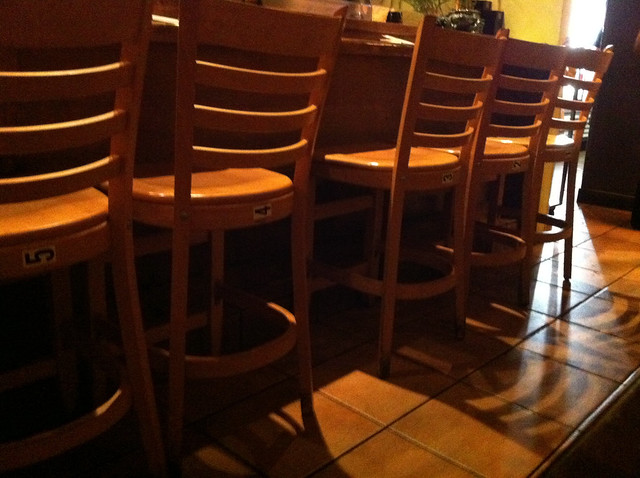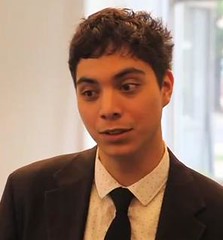
The U.S. Department of Education has just released Local Labor Management Relationships as a Vehicle to Advance Reform, a collaborative report of twelve case studies highlighting Labor & Management collaboration for student achievement. Along with an incredible cadre of educators, I was privileged to write one of these case studies. Centered around work and ideas shared at a summit that took place in Denver in February, the report’s abstract, as printed on this page, follows. Thank you Jonathan Eckert for an incredible job editing and compiling this work over the past three months.
In February 2011, the U.S. Department of Education (ED)—along with co‐sponsors from the American Association of School Administrators, the American Federation of Teachers, the Council of the Great City Schools, the Federal Mediation and Conciliation Service, the National Education Association, and the National School Boards Association—brought together over 150 school districts at a conference called “Advancing Student Achievement Through Labor Management Collaboration.” Twelve districts noteworthy for the partnership of their district, board, and teacher organization facilitated conversations with district leaders and others in attendance at the conference. This paper attempts to capture what these noteworthy local partnerships have accomplished and, more importantly, how they accomplished it. ED commissioned present and former Teaching Ambassador Fellows, teachers selected for one‐year leadership assignments, to conduct this work. The fellows used interviews, document analysis, and digital audio recordings of presentations made by district leaders to learn from the opportunities and challenges, the successes and missteps of these 12 district partnerships. The introduction to the paper, written by Jonathan Eckert, Professor of Education at Wheaton College, synthesizes the patterns in both the work being done by the districts and how they are doing it.




